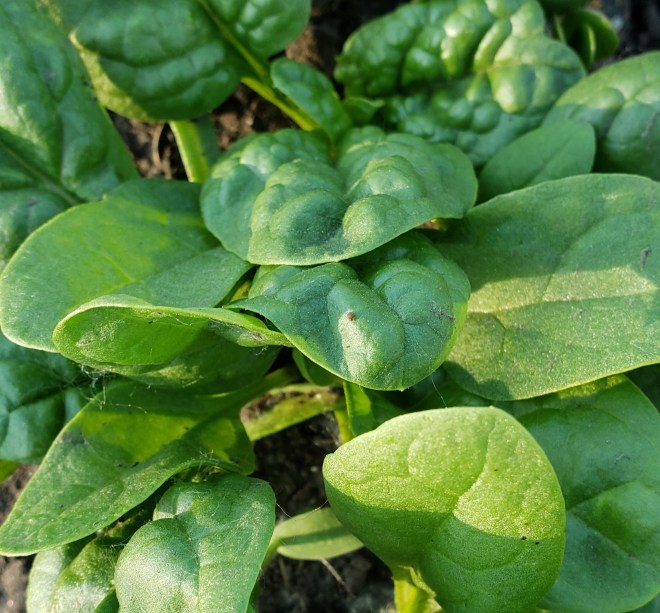Life is a crazy balance. Today with no sports conflicts, we were able to pause the craziness and connect with many of you.
We also find that the CSA helps us, as a family, to create opportunities for conversations while we are planting, weeding and harvesting. I often remind us; how valuable time is and that time is passing us by quickly.
We need to remind ourselves to listen, be in the moment and fully engage with each other. Doing so, not only helps us to be physically and mentally present to connect with each other, it also helps us to be more aware of the nature around us which we know has a connection to minimizing stress.
Connecting with others with good conversations is time well spent. It fills up our buckets, and we hope that it does the same for all of you.
I found this quote to be so true. Good connecting conversations are not only fun, they are also stimulating for the mind.
“Good conversation is as stimulating as black coffee, and just as hard to sleep after.” – Anne Morrow Lindbergh
Garden Science
The dry weather is still impacting garden outcomes. We appreciate your patience as some crops struggle to geminate let alone produce. According to the University of Minnesota – Waseca Experiment Station, we have received just enough rainfall to keep the crops progressing. Not nearly enough rain for our very dry soils.
In addition, we have a few other animal science related items occurring.
Pick-Up and Delivery
Remember that pick-up and deliveries will be on the schedule you have arranged with Harner Brothers CSA – please note the exceptions to this which were in the email. Please follow the CDC and MDH guidelines and COVID-19 procedures.
It is your responsibility to know that the pick-up or drop-off time will occur at the agreed upon time, and it is your responsibility as a shareholder to know this and be responsible for the produce at that time. If you are unable to utilize your share that week, it is still your responsibility: find someone else to pick it up or donate it to the food shelf.
Each box is labeled for each family. The same boxes will be used for your family throughout the season. Boxes and containers should be returned the following week. Bags will only be used once.
Boxes of Produce
Remember food safety in your kitchen when preparing, always wash your hands before working with your produce and always wash your produce before eating.
Lettuce/Spinach Mix – Unfortunately, this crop has really struggled this year. This week was a mix of spinach, kale, black seeded simpson and red oak leaf lettuce.
Cucumbers – The cucumbers have picked up and the second planting is doing well.

Onions – We tried this new variety of Blush Onions. Not to hardy with the dry weather this year. Let us know what you think of it.
French Breakfast Radish/Cherry Belle Radish – This is the last of the radishes.
Super Sugar Snap Peas – We started the second planting of this crop. We are grateful that the peas are doing well with the timely rains.

Kohlrabi – A garden favorite. I love to peel it, cut it up like an apple and dip in peanut butter.
Tomatoes – A few Fourth of July and cherry Sungold tomatoes. I love the size of the Fourth of July for a quick lunch, and the Sungolds…well I never would have thought that I would love eating a tomato at 6 a.m.! There are a lot of green tomatoes on the vines. Hopeful for a good next few weeks.

Peppers – A variety are making an appearance in the garden. There will be some super-hot ones forth coming. Meanwhile, I encourage you to try the smaller red peppers, Sweet, Cherry Stuffer.
Beets – Detroit Dark Red Beets – eat them raw or roast them. Learn more here.
Potatoes – Red Nordlan potatoes. Great for the grill, mashed or potato salad.

Summer Squash – Zucchini, Peter Pan and Sunburst varieties. TIP: use your summer squash like your zucchini. None of these need to be peeled when using them.

Sunflowers, Zinnias and Hydrangeas – These should brighten up your home. Put a splash of bleach in the water to help them last longer.
Recipe of the Week
We are blessed with to many eggs and zucchini … so here is my solution!
Zucchini-Parmesan Bake
3 large eggs
1/2 cup canola oil
3 cups shredded zucchini (about 1 pound)
1 cup reduced-fat biscuit/baking mix
1/2 cup shredded Parmesan cheese
Directions
1. Preheat oven to 375°. In a large bowl, whisk eggs and oil until blended. Stir in remaining ingredients.
2. Transfer to a greased 10-in. ovenproof skillet. Bake 25-30 minutes or until golden brown.
Source: Taste of Home












































































